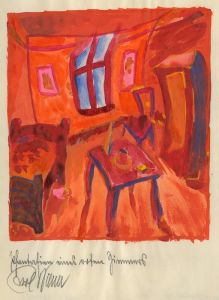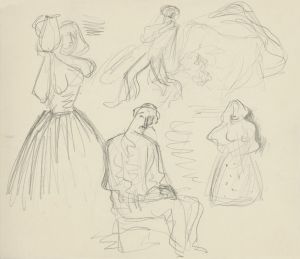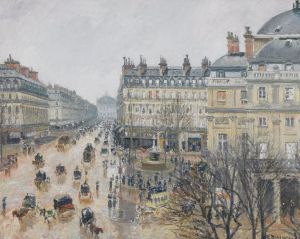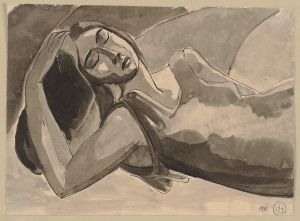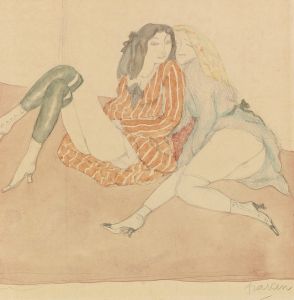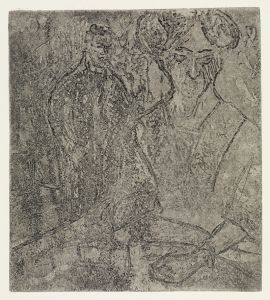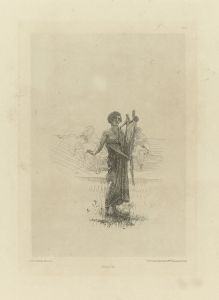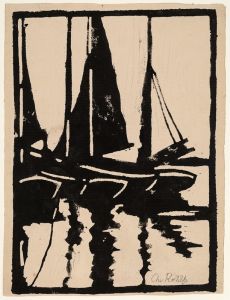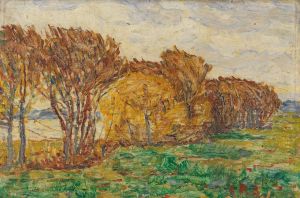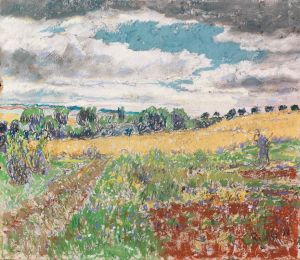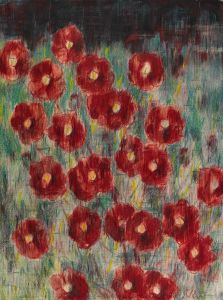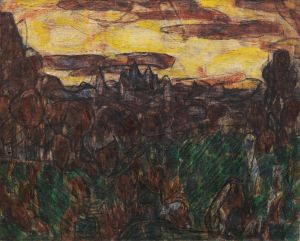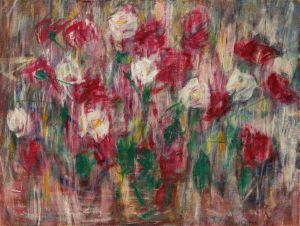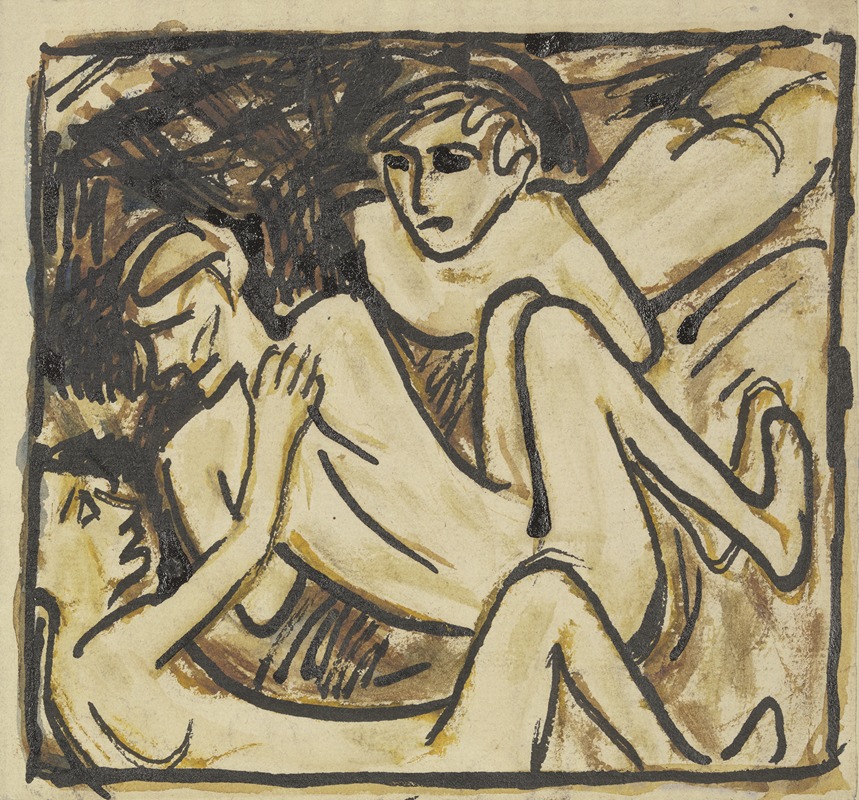
Three Reclining Nudes
A hand-painted replica of Christian Rohlfs’s masterpiece Three Reclining Nudes, meticulously crafted by professional artists to capture the true essence of the original. Each piece is created with museum-quality canvas and rare mineral pigments, carefully painted by experienced artists with delicate brushstrokes and rich, layered colors to perfectly recreate the texture of the original artwork. Unlike machine-printed reproductions, this hand-painted version brings the painting to life, infused with the artist’s emotions and skill in every stroke. Whether for personal collection or home decoration, it instantly elevates the artistic atmosphere of any space.
Christian Rohlfs was a German painter known for his contributions to expressionism, and he created a variety of works throughout his career, including the painting "Three Reclining Nudes." Rohlfs was born on December 22, 1849, in Groß Niendorf, Germany, and he became one of the most prominent figures in German expressionism. His artistic journey began in the late 19th century, and he continued to evolve his style well into the 20th century.
Rohlfs' early work was influenced by impressionism and post-impressionism, but he gradually developed a more expressionistic style characterized by bold colors and dynamic compositions. His work often explored themes of nature, human figures, and emotional expression, which were central to the expressionist movement.
"Three Reclining Nudes" is one of Rohlfs' notable works, though specific details about the painting, such as its creation date and current location, are not widely documented. The painting features three nude figures in a reclining position, a subject that has been explored by many artists throughout art history. The depiction of the human form, especially in a state of rest or relaxation, allows for an exploration of the body's natural lines and contours, which Rohlfs captures with his distinctive style.
Rohlfs' approach to the human figure was often marked by an emphasis on emotional expression and the use of color to convey mood. In "Three Reclining Nudes," it is likely that he employed a palette that highlights the interplay of light and shadow, enhancing the three-dimensionality of the figures while also imbuing the scene with a particular emotional resonance. This technique is consistent with Rohlfs' broader body of work, where color and form are used to evoke a visceral response from the viewer.
Throughout his career, Rohlfs was associated with several art movements and groups, including the Berlin Secession and the Brücke group, although he maintained a unique style that set him apart from his contemporaries. His work was exhibited widely during his lifetime, and he received recognition for his contributions to modern art.
In addition to his paintings, Rohlfs also produced a significant number of prints and drawings, further showcasing his versatility as an artist. His legacy is preserved in various art institutions, particularly in Germany, where his work continues to be studied and appreciated for its impact on the development of expressionism.
Christian Rohlfs passed away on January 8, 1938, in Hagen, Germany. Despite the challenges of his time, including the political upheavals in Germany, Rohlfs remained committed to his artistic vision. His work, including "Three Reclining Nudes," remains an important part of the expressionist canon, reflecting both the personal and universal themes that define this influential movement in art history.





